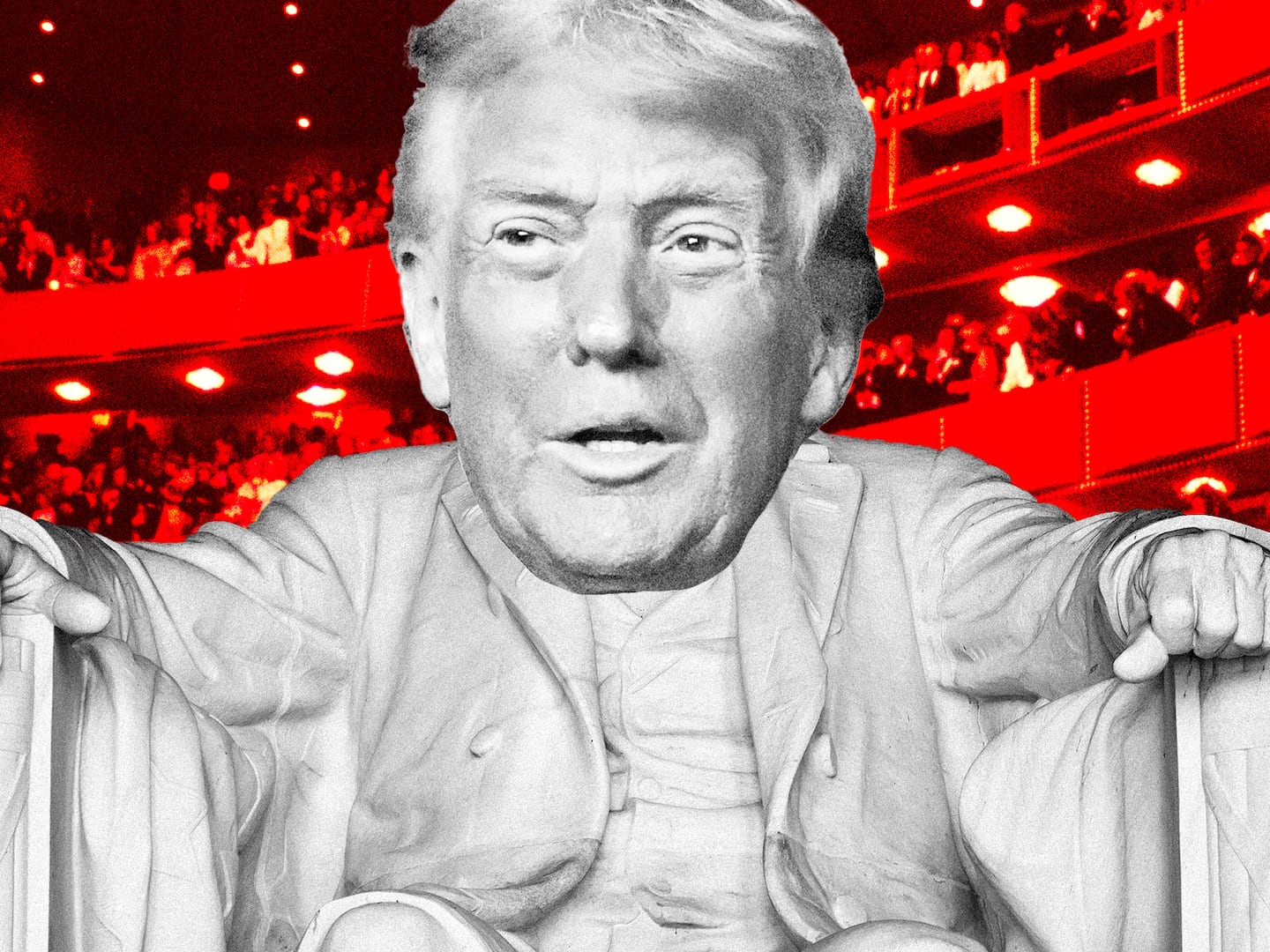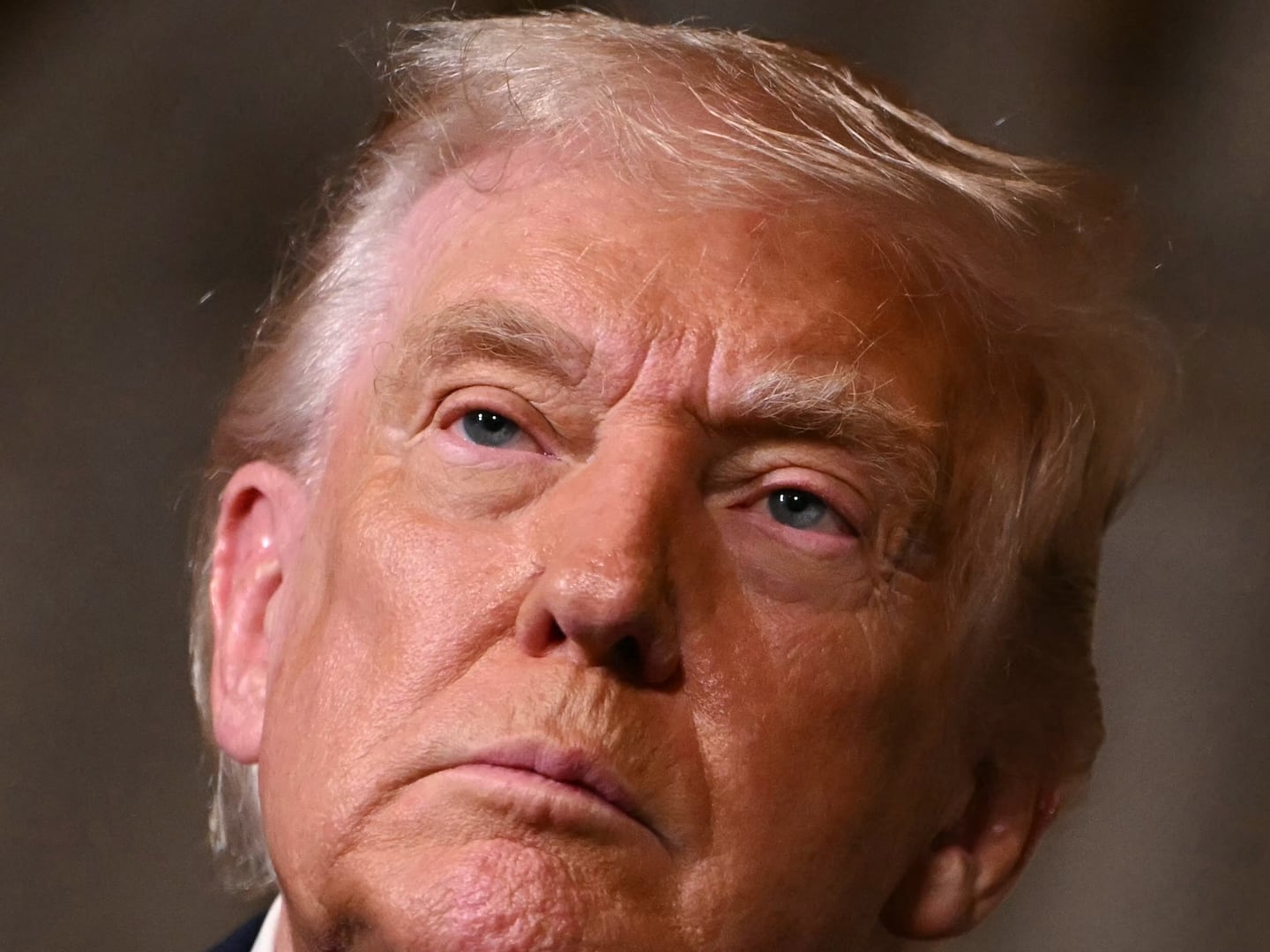On August 21, 1911—a humid Monday morning—in Paris, France, a man walked out of the Louvre with a large, 18-pound object consisting of a mischievous smile painted on three slabs of wood, protruding from his jacket. The thief had just made off with the Mona Lisa. Earlier that weekend, the man patiently waited, even sleeping in an art-supply closet of the museum before entering the Salon Carré wing where the painting was on display.
Knowing the museum was closed to the public on Mondays, the would-be thief waited until no staffers were within the vicinity, allowing the opportunity to finally take the famous painting off the four hooks on which it rested. Within days, from London to São Paulo to New York City, newspapers began running headlines about da Vinci’s missing masterpiece.
Almost immediately, the Paris-Journal began advertising 50,000 francs for the Mona Lisa’s return, no questions asked, according to John Richardson’s A Life of Picasso. Among the lead suspects, it would emerge, was Pablo Picasso, one of the world’s most famous painters.
We’ve come to know many of the facts that made up Picasso’s remarkable life: son of an art teacher and unsuccessful painter; first moved to Paris at the turn of the century in 1900.
Following the suicide of his best friend and fellow painter Carlos Casagemas in 1901, he entered his Blue Period, then the Rose Period, followed by the African-inspired period, then, of course, Cubism. Yet, what’s lesser known of the genius from Málaga was his 1911 run-in with the law and how the events that transpired nearly altered the course of modern art as we know it.
After Picasso moved to Paris in 1900, he surrounded himself with fellow bohemian artists and poets such as Guillaume Apollinaire and Max Jacobs. They called themselves La Banda Picasso, and together the group would push the boundaries not only of traditional art or stylistic experimentation, but of contemporary culture as well.
In 1907, Picasso was courting his first great love, Fernande Olivier. In a journal entry, quoted in Norman Mailer’s Portrait of Picasso as a Young Man, Fernande explains both the hardships facing the beatnik artists of Montmartre as well as the strong bond of friendship within La Banda Picasso, friendships that would eventually be severed within the next five years. “It’s now six months that I’ve been living here with Pablo. When I arrived, it was very hot in the studio. At present, it’s fearfully cold. I stay in bed, covered up, to avoid being frozen by the cold. There’s no coal, no fire, no money…Max Jacob and Apollinaire come each day. Picasso and Guillaume can laugh through an entire night of suggestions, inventions, songs, games that Max plays with his face. The studio rings with our laughter. Foolishness takes us over and, like children, we encourage each other, mutually, to see who can become the most absurd.”
Around the time La Banda Picasso was roaming the streets of Montmartre in search of creative inspiration, the Louvre put on display their primitive Iberian sculptures from the 4th or 3rd century BC. Picasso was drawn to these figures for many reasons, not least of all that they originated and were molded from the sacred fires of prehistoric Spain.
To his close friends, Picasso did not hide his admiration for the Iberian sculptures. One of those who knew of Picasso’s fondness for the art was Géry Pieret. Pieret, a corrupt man from Belgium, was an ancillary member of La Banda Picasso, serving as Apollinaire’s secretary.
After hearing of Picasso’s affinity for the most recent additions to the museum, Pieret visited the Louvre in March of 1907. Within two days, he had stolen as many Iberian sculptures, eventually presenting them to Picasso as a gift. In turn, the grateful Spanish artist paid the Belgian thief a sum of 50 francs apiece, according to Richardson’s A Life of Picasso.
So inspired was Picasso, that he used the faces of the sculptures in the formation of the first of his many masterpieces, Les Demoiselles d’Avignon (1907), a painting many saw as the exact antithesis of the Mona Lisa, writes R. A. Scotti in Vanished Smile: The Mysterious Theft of the Mona Lisa.
A few years passed, and La Banda Picasso remained tight knit but for a few members, such as Pieret, who left France. The Belgian had a stint in America, before coming back to Paris in 1911 to stay at the apartment of Apollinaire. The penniless Pieret announced his intentions of stealing more art from the woefully guarded Louvre to make more money. Upset with the idea, Apollinaire begged him not to.
Yet, Pieret refused, instead stealing another sculpture which, in turn, he displayed on his friend's mantlepiece in the presence of a dozen writers and artists, all close acquaintances of Apollinaire. The very day Apollinaire asked Pieret to leave his home, the Mona Lisa was stolen.
Led by motives of malice towards his former mentor and an eye on the handsome reward, Pieret went to the Paris-Journal with information regarding the stolen statue resting on Apollinaire’s mantlepiece, incriminating the poet for harboring the statuettes from the Louvre.
A few days earlier, Louis Lépine, chief officer on the case, was pleased his men had found the Mona Lisa’s disposed frame. He was gaining confidence the painting would soon be found as well. All they needed were some names, and a lead.
Apollinaire urged Picasso and Fernande, then in the south of France, to return to Paris as soon as possible. Upon arrival, both men—fearing the authorities and possible deportation—(Apollinaire was born in Italy, but of Polish descent) began hashing out a plan to dispose of the statues.
Once more, Fernande’s words—as quoted by Mailer—explained the extreme anxiety felt between poet and artist. “I can see them both: contrite children, stunned by fear and making plans to flee the country. They decided to get rid of the compromising objects immediately. Finally, they had made up their minds to go out that night and throw the suitcase containing the sculptures into the Seine—they left on foot about midnight, carrying the suitcases. They returned at two in the morning, absolutely dog-tired. They still had the suitcases, and its contents. They had wandered up and down, unable to deliver themselves of their parcel. They thought they were being followed. Their imaginations dreamed up a thousand possible occurrences, each more fantastic than the last.”
The next morning, Apollinaire went to an editor at the Paris-Journal named André Salmon. He offered the stolen statues on the one condition; that their source be kept secret, writes Mailer. Upon the news that the stolen artifacts had been returned to the newspaper, the police immediately sprang on the offices of the Paris-Journal. Fearing the threat of arrest, Salmon gave the authorities Apollinaire’s identity.
Rummaging through Apollinaire’s papers, the authorities found letters from Pieret. The poet was taken for questioning, where, in part due to hysteria, in part to save his mistress, and mother, Apollinaire admitted guilt—Picasso’s as well as his own. The man who was to be the most successful painter of all time was now being linked to the most famous art theft in history.
To make matters worse, Apollinaire’s stories were in constant flux, at one point admitting Pieret had actually made off with the Mona Lisa. The police locked him in a cell, and made plans to arraign Picasso. The next morning, the authorities reported to the world that, writes R. A. Scotti, “they were on the trail of a gang of international thieves who had come to France for the purpose of despoiling our museums.”
At 7 o’clock, on the morning of September 8th, nineteen days after the Mona Lisa was stolen, the police ordered Picasso to appear before the magistrate as a lead suspect in the theft of highly valuable pieces of art from the Louvre. Trembling with fear, Picasso had trouble dressing himself. To be publicly seen a criminal in custody of the authorities was a moment the sensitive artist would never forget.
The authorities felt that the same thieves tied to the stolen Iberian sculptures would also be hinged to the Mona Lisa’s disappearance. Apollinaire and Picasso faced each other across the courtroom as if they had no idea who the other was. Picasso, with his polka-dot shirt and clashing tie attempted an air of bravado, but lost confidence by the minute.
Apollinaire seemed, writes Richardson, “pale, undone, undone, unshaven, collar torn, shirt open, without a tie, skinny, small, a lamentable wreck and painful to look at.”
While being questioned by the judge, both men contradicted themselves and each other. Apollinaire accused his best friend of bringing the stolen statues to the newspaper. Picasso accused the other of knowing the whereabouts of the Mona Lisa.
Judge Drioux intimated Picasso he was part of a larger gang of criminals who stole the Mona Lisa. Almost instantly, Picasso’s machismo dissolved. In his fear, he pleaded absolute ignorance. He swore to not knowing the Iberian statues were stolen, and asked for the judge to trust he had no connection with the heist of the Mona Lisa.
Distraught, confused and ashamed, both men broke down in the courtroom, weeping like children and begging for forgiveness. It was to become the most embarrassing scene in Picasso’s life. “I’m afraid Picasso never forgave me for having seen him so upset,” Fernande later wrote.
During the court hearing, it became apparent to Picasso that Apollinaire had indicted his dear friend in connection with the stolen works. When the judge finally asked Picasso if he knew Apollinaire, his embarrassment turned to rage. In a fit of anger, says Richardson, the artist responded, “I have never seen this man.”
Finally, the magistrate deemed Apollinaire and Picasso had had nothing to do with the disappearance of the Mona Lisa, stating rather, that the police had victimized them for their own selfish purposes of demonstrating two leads in the case. Apollinaire was released on September 12th.
Picasso was released as well, never to be bought back for further questioning. Nevertheless, for the next several weeks, the two were convinced they were still being followed. Picasso only left his studio at night, paranoid he was still thought to be harboring the Mona Lisa, Olivier recorded in her private journals, which later became a book, Loving Picasso.
Picasso went on to paint some of the most influential and lucrative paintings of the 20th century. But Apollinaire never recovered from the incident. He enlisted to fight for France in the First World War and in 1916 received shrapnel wounds to the head, an injury that would eventually lead to his death.
Nearly half a century later, in an interview with art filmmaker Gilbert Prouteau, Picasso spoke about the events of 1911. “When the judge asked me: ‘Do you know this gentleman?’…I answered: ‘I have never seen this man.’…I saw Guillaume’s expression change. The blood ebbed from his face. I am still ashamed.”
As for the actual thief of the Mona Lisa, he was an Italian by the name of Vincenzo Perugia, who was put on trial and sentenced to eight months in prison. The story made international headlines, if only for a brief moment. Within days of Perugia’s sentencing, the First World War broke out.






